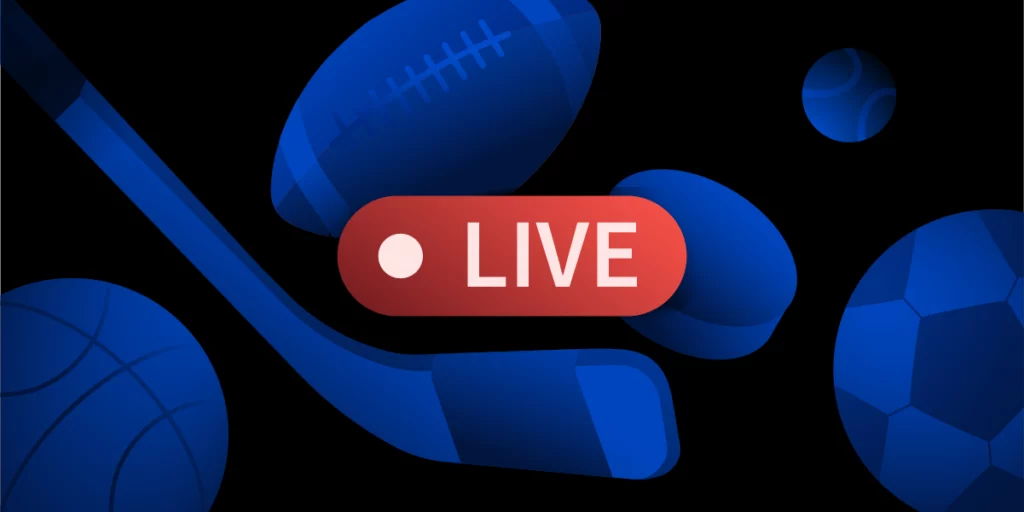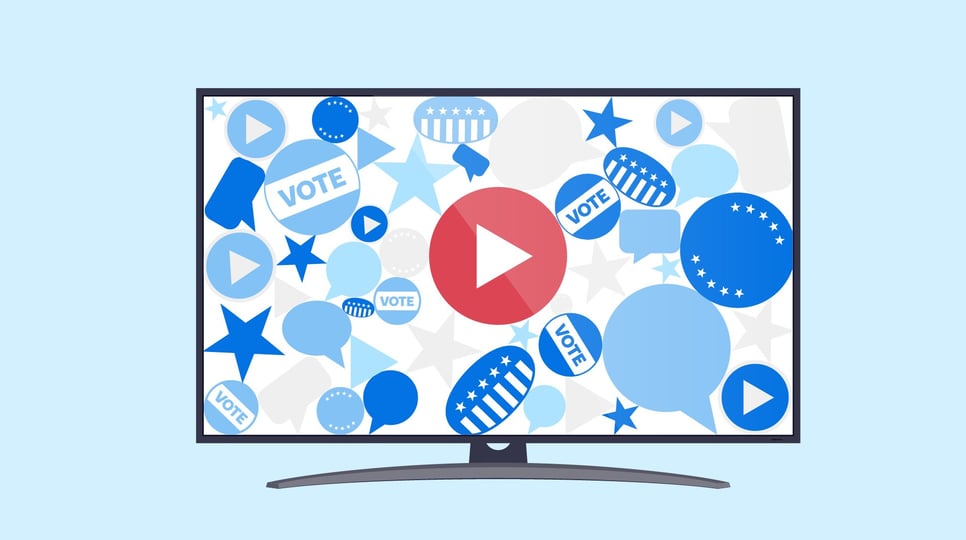Capturing live sports is CTV streamers’ white whale.
Rather than binge-viewing hand-picked shows on demand, live sports broadcast rights are the most reliable way for streamers to gain market share and attract consumers who are also watching TV. Not to mention how recent changes in the national sports zeitgeist, such as the emergence of women’s sports and the expansion of challenger sports like pickleball and Formula One, are bringing new, valued viewers into the picture.
Hence why streamers like NBC, Fubo, and Disney-owned ESPN are eyeing sports licensing deals. At Cynopsis’ CTV Connect event in New York City on Wednesday, these streamers shared their perspectives on advertising potential in live sports.
READ MORE: Samsung Advertising Launches Interactive Games For Promoters
Serving advertisements to live sports audiences is nothing new, and most brands and agencies are accustomed with the process of buying commercials on linear TV.

However, Wendell Scott, SVP of sales at Disney, stated that streaming media provides advertisers with more freedom in terms of creative formats and interactive promotions, as well as controls across numerous touch points and channels.
“Streaming allows for more than a 15- or 30-second commercial,” says Scott. Advertisers can capitalize on that time and do something unique with it, he added, while also reaching consumers in a variety of formats and video lengths across several platforms.
However, because of this flexibility, buyers must incorporate media specialists early in their campaign planning process, according to Denise Ocasio, executive director of investment at Mindshare, who shared an ad agency perspective with the streamers on the panel.
Ocasio stated that instead of repurposing an existing TV spot for CTV, agencies could produce creative in different CTV-friendly cuts and formats. She stated that CTV provides cross-platform options, such as activations on social media or YouTube Shorts, which demand vertical video creativity.
Streamers are also attempting to leverage on behavioral indications gathered in digital streaming environments that are not available in traditional television.
For example, Fubo, which is being acquired by Disney, has a more comprehensive view of user viewing habits since it collects material from numerous broadcasters, according to Dina Roman, SVP of global ad sales and operations. And because its audience is totally logged in, she says it’s easier to share those information with advertising.
“We’re able to watch how the consumer moves through our platform, and that throws off a lot of interesting data,” she told me.
According to Mindshare’s Ocasio, most customers are already aware of the data-driven targeting capabilities offered in CTV. The next frontier is mastering creative personalization and new quality measurements such as attention measurement, as well as understanding how audience interaction relates to the publisher’s content.
Incremental audiences
Data-driven customisation is one way streamers may distinguish themselves. CTV, however, lets broadcasters to profit on brand equity in ways that linear TV does not, according to Disney’s Scott.

Scott felt optimistic about ESPN’s ability to position itself as a premium brand inextricably related to sports and reach marketers. ESPN is also building a new premium audience by introducing its first standalone, direct-to-consumer product, which will go online this year, he said.
However, the panel moderator, Sara Fischer of Axios, appeared to throw the panelists for a loop when she asked how they can ensure that they aren’t cannibalizing their existing audiences by having multiple streaming platforms available on the market – some of which are independent and some of which are part of larger packages.
Disney, for example, will introduce what Scott refers to as “ESPN All Access” (an ESPN representative tells Puck sports editor John Ourand that the name for the impending service is still unknown and that executives are using “descriptive placeholders.”). However, Disney already possessed ESPN+, an exclusive streaming subscription, as well as the ESPN linear channel, which is included in most cable packages.
Rather than worrying about ESPN All Access emulating ESPN+’s streaming audience, Scott believes the greater concern is linear TV cannibalizing streaming audiences. He indicated that providing consumers with several direct access points to ESPN broadcasts, regardless of their taste, is a more sustainable growth route. However, he admitted that ESPN+ may become less of a priority for Disney as ESPN All Access develops traction.
According to Ocasio, new platforms like ESPN All Access are likely to be additive when they first start. However, she believes that in the long run, they would most certainly cannibalize users from the publisher’s other channels. In other words, ESPN audiences are shifting around, rather than new people joining the pool.
However, she stated that dealing with audience fragmentation is “just the nature of CTV.”
Step into the ultimate entertainment experience with Radiant TV! Movies, TV series, exclusive interviews, live events, music, and more—stream anytime, anywhere. Download now on various devices including iPhone, Android, smart TVs, Apple TV, Fire Stick, and more!


